I just returned from teaching our tenth year at the Illustration Master Class in Amherst, Massachusetts. Rebecca Levielle’s initial idea of teaching with friends has turned into an amazing week of learning in our art community.
This year I was reminded of how the process of growing as an artist is shared by every artist. Each evolves and must pass through different levels of understanding on the way to mastery.
But none of us reach new plateaus on a schedule, or in quite the same way as those master painters before us. Some students understand certain aspects before their peers and then run into a different level later that slows them down. Back and forth and up and down, our progress is never a perfect diagonal line upward. No normal brain gets to escape this. It is frustrating.
And entirely practical. Our species creates imagery and finds a way to express thoughts outside of our body. We’ve learned to do this over time, and we continue our never-ending need for visual stimulation.
Thinking of those IMC students and answering questions about my work all week, I compiled the list below to point out facets we all have in common for the process of artistic skills.
Your mileage may vary.
You cannot know what you don’t know.
Relax into the work and apply unbending patience. You cannot see or understand the levels one can attain until you have gained enough information to visualize those levels.
That’s why we get fascinated by someone who seems to ‘see’ where they need to improve, sets a goal to get it, and then does. We think they have something special. Perhaps what they have is something easily attained. If only we can quiet the pressure we feel to do so.
The take-away: Accept that you need more information.
You cannot see what you don’t see.
You’re standing on a hill. You look outward over many hills and valleys and spot your goal. Then you set out downhill to reach the next hilltop. While in the valley, you cannot see your goal. Not even the hilltop in front of you. But you still climb.
Likewise for painting an idea. You set the goal, and you begin. The effort of building an image is like that downhill trek. You can bottom-out in the valley, lost in the weeds, but as you continue to climb up things get clearer until you reach the top and head out again. While you are in that valley, you cannot see the goal, but the valley is necessary.
Skills improve with time and effort. Not in a straight line, but in a generally upward diagonal, much like the stock market. An artist must trust that the stage they are in at the moment will improve over the long run. You cannot see nor implement the kind of ability you want in the present as you will in the near future —if enough effort and focus is applied.
Take-away: Make the trek anyway.
Mental tolerance.
An artist has to tolerate the fog of an unrealized idea. The effort needed to find clarification can be simple or nearly debilitating. But what kind of growth is built from already knowing where you need to go? What kind of character is built from a lack of effort? Why is anyone interested in the gift of automatic knowledge?
Unfortunately, we do find fascination with people who seem to not have to work to attain something. The reason is curiosity. We want to know why no effort was needed because we intrinsically know that work is necessary.
Take-away: Stay with your idea, even through the changes.
Focused observation skills.
We think we see what we are looking at, but often we miss subtle shapes that inform our minds about how to define an edge or capture a shape. Many students at IMC missed the subtle sculptural edges of a simple forearm. Edges they might’ve used to make a better drawing of the arm, or any other part. The smallest indention will give clues to musculature, character, and shape.
Take-away: Sweat the small stuff.
Listen without judgement.
Teachers who say they weed out the ones who will make it by being harsh and dismissive are merely amplifying their own ego. It is important to be firm with a student, but not to the point of dream-killing.
Finding someone with a growth mindset, who can point out your successes and failures without dragging you through the mud, is critical to your improvement. When you find them, listen with the mind of an athlete. Take nothing as personally as it may feel, but look for the clues for further real improvement. Listen without comment. Listen without explaining what you meant to do.
One can only absorb so much information before the extra gets dumped and you have to reacquire. But remember that repeated long-term effort is more important than short bursts of learning.
Take-away: Absorb from all quarters.
Drawing is your super-skill.
Learning to achieve a line with character is the ultimate knowledge necessary to create compelling drawings. Making many, many lines is what it takes to discover and repeat good line sense.
Is that too hard to figure out? A pitcher throws baseballs into a glove thousands of times to achieve speed and accuracy, but somehow we think the moment one attempts drawing, it must be instantly good, or they can’t create.
Insanity.
Take-away: Draw first; think next.
Learn strong composition.
Putting elements on a page seems simple enough, but it is the rearrangement of elements that creates impact. It may feel comfortable at first to place things in the center of the rectangle because our minds love to clean-up and organize random visual forms, but it takes repeated effort to learn how to balance and counterbalance elements across a two-dimensional plane to gain depth.
Resist the temptation to keep things organized, and learn how to overlap elements for visual interest.
Take-away: Learn what makes compelling pictures and drop the need to be an “artist.”
Learn to handle pigment.
At the IMC, I watched students try to put down paint like a pro. They really did want to not only try hard, but to achieve. The problem was that many were judging their strokes too soon.
Simply because you laid a paint stroke on a surface doesn’t mean you know how to handle paint. But laying many strokes down builds a catalog of effort and each new effort after is weighed against the first. All this is recorded in your brain and once it feels the need for repetition, the brain builds memories needed to re-achieve.
Paint strokes are like calligraphy. We believe we need to know how to hold and manipulate a pen to get a result, so why not the same for a brush on canvas.
Take-away: Traditional training is critical.
Watch others progress.
Students and peers around you are achieving at different rates. Causing yourself grief over not having what they have is a waste. You may be ahead in other ways.
Learn from them. Watch and pay attention to how they may be progressing. This is one way that we help each other.
Take-away: We don’t grow in a vacuum.
Get close to success.
As above, when we watch others achieve skills we want to own, we mirror their success. As a species we are very good at mimicry. And it is, after all, how we actually learn. Place yourself around others who are better than you whenever you possibly can. Strive to get connected to people who have a growth mindset. This is an infection you do want.
Take-away: Use information that is readily available.
Embrace fear.
Damn near any new endeavor causes some sort of anxiety about getting better. We want to achieve things quickly. We strive to be good at something fast. We have an intense desire to avoid work. Yet, work is where the learning is. The work is the point, not necessarily the final painting.
Learning to paint involves fear. Fear is going to be there no matter what you have in mind. Embrace it. Work with it. Use it. Fear is what the brain needs to improve.
Take-away: The way around is through.


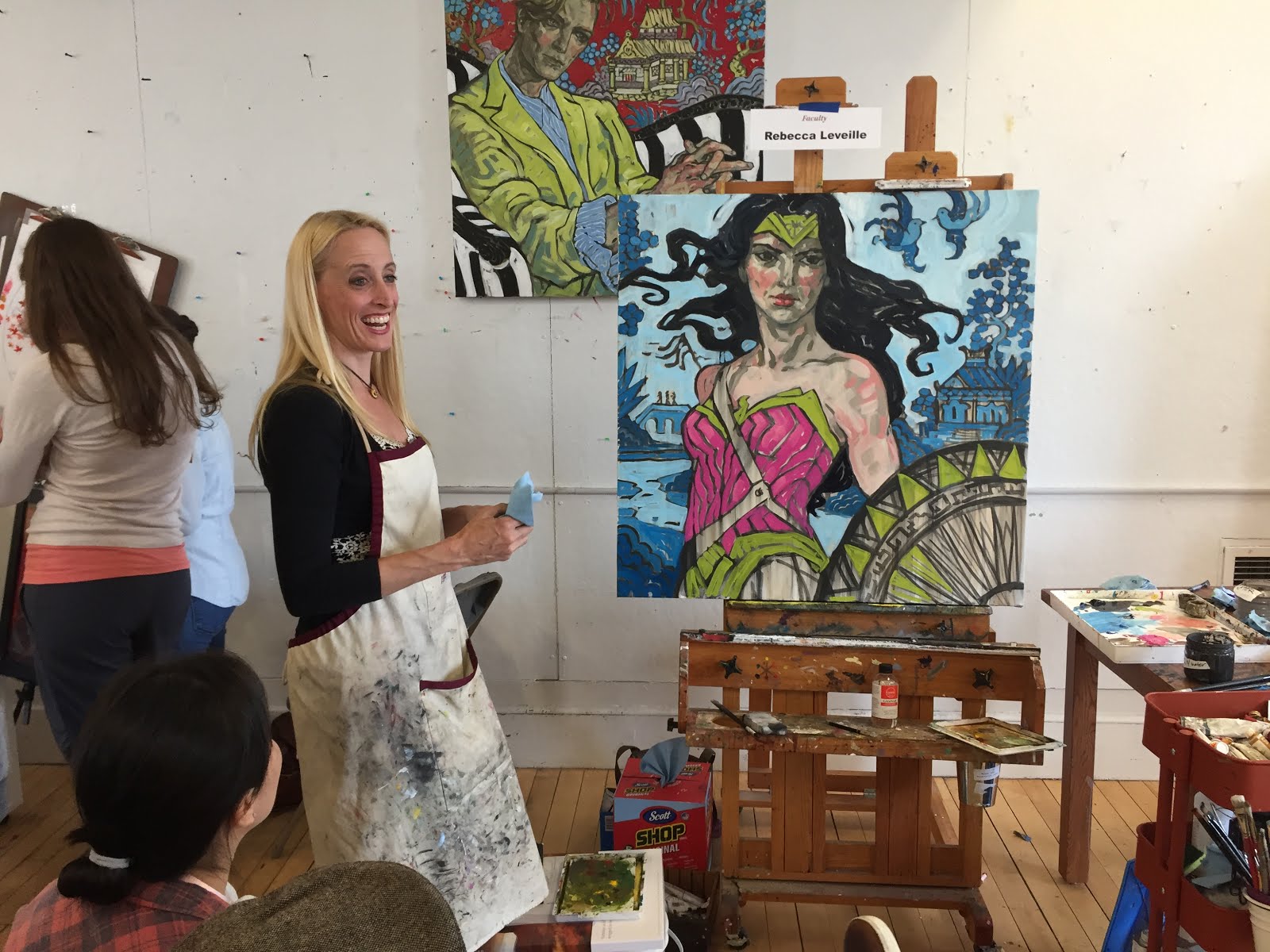
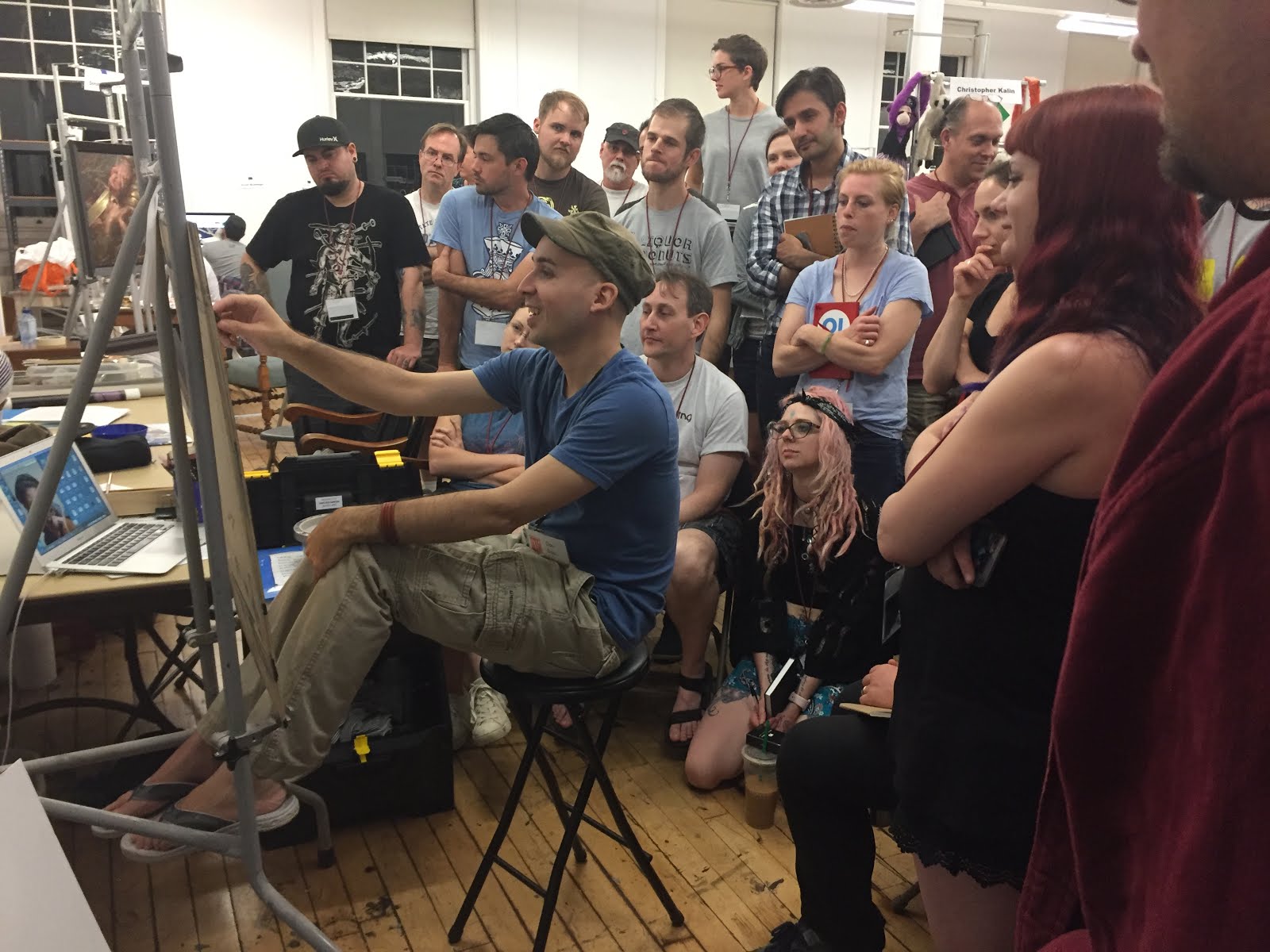
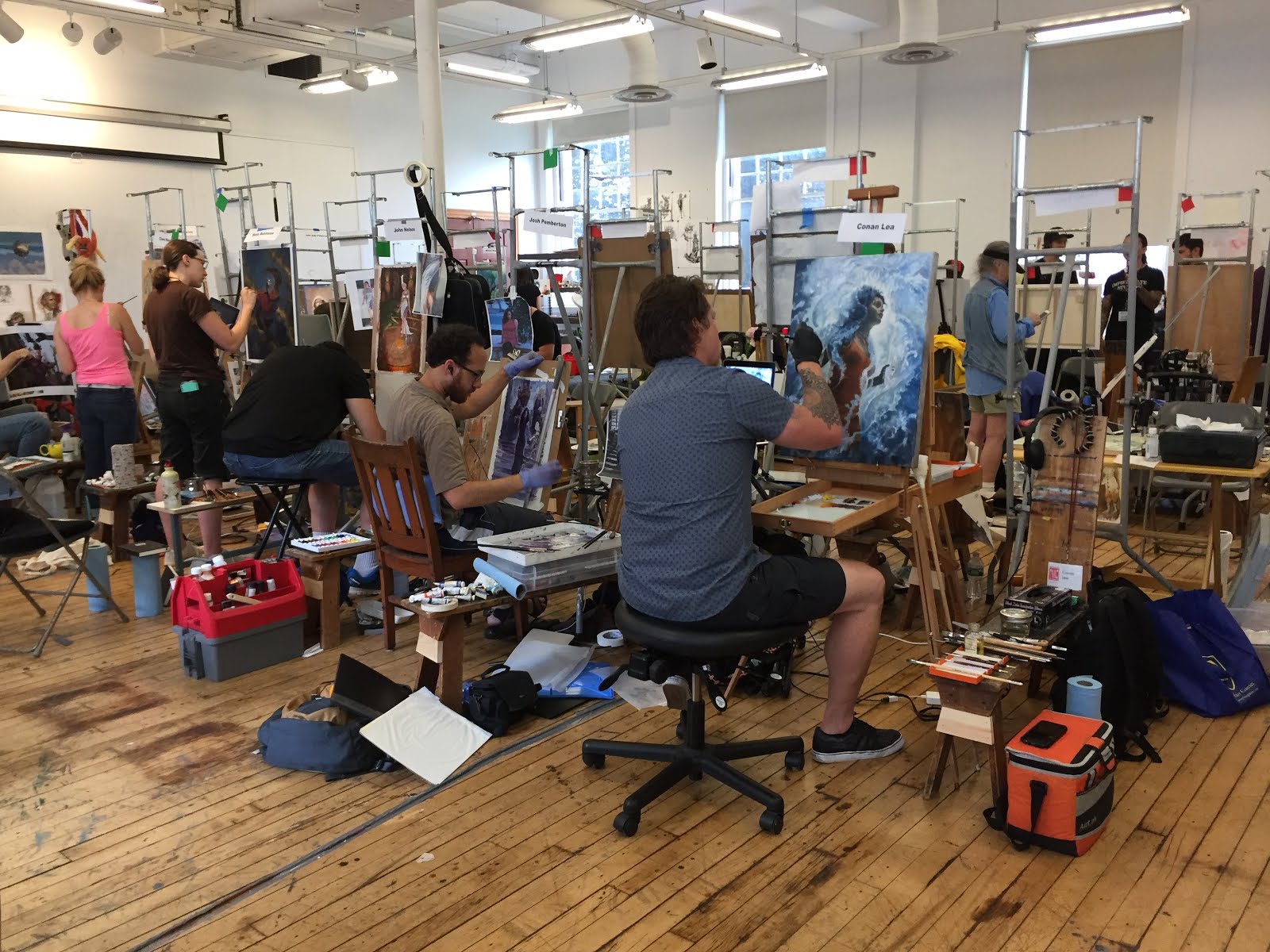
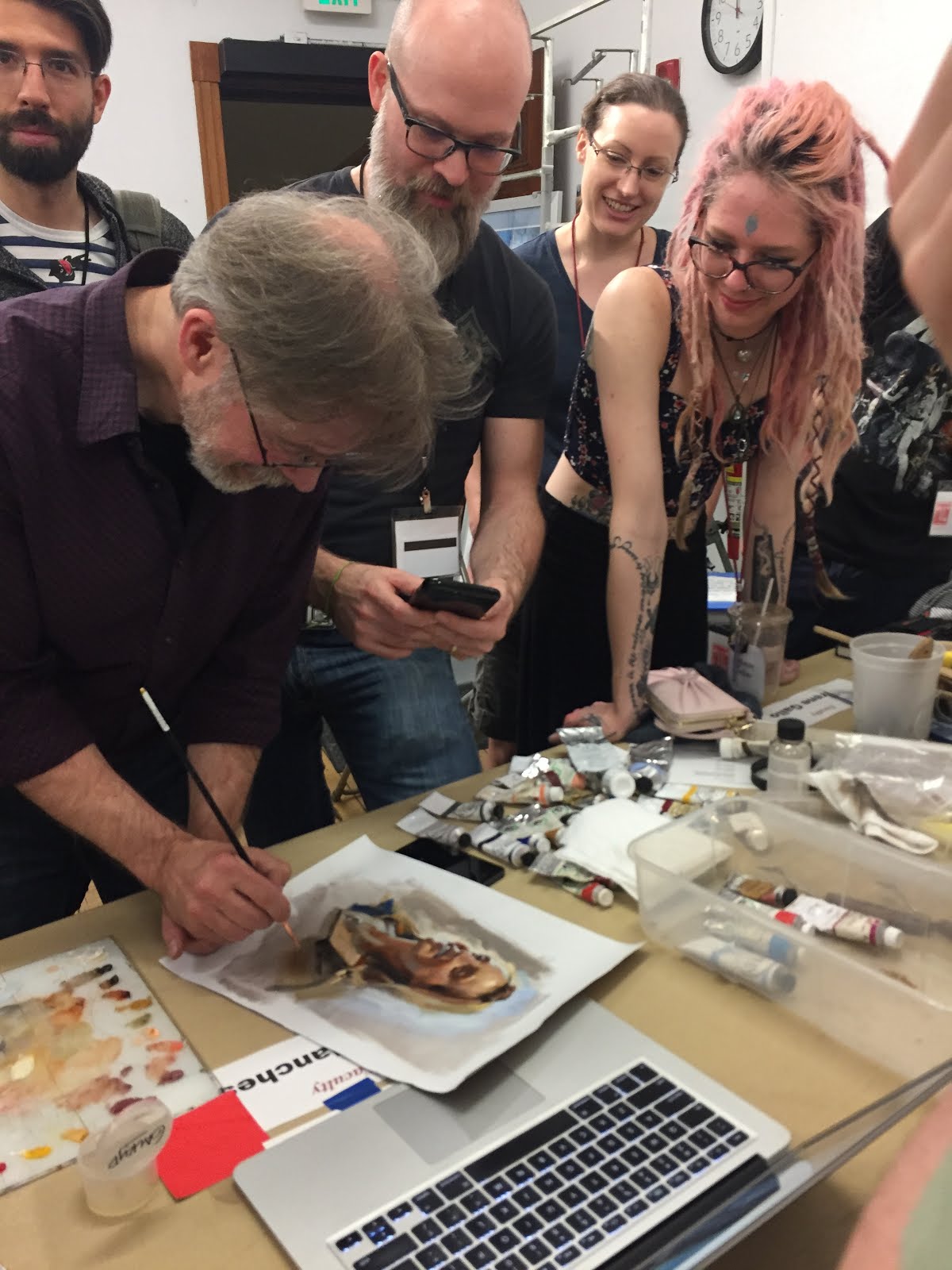
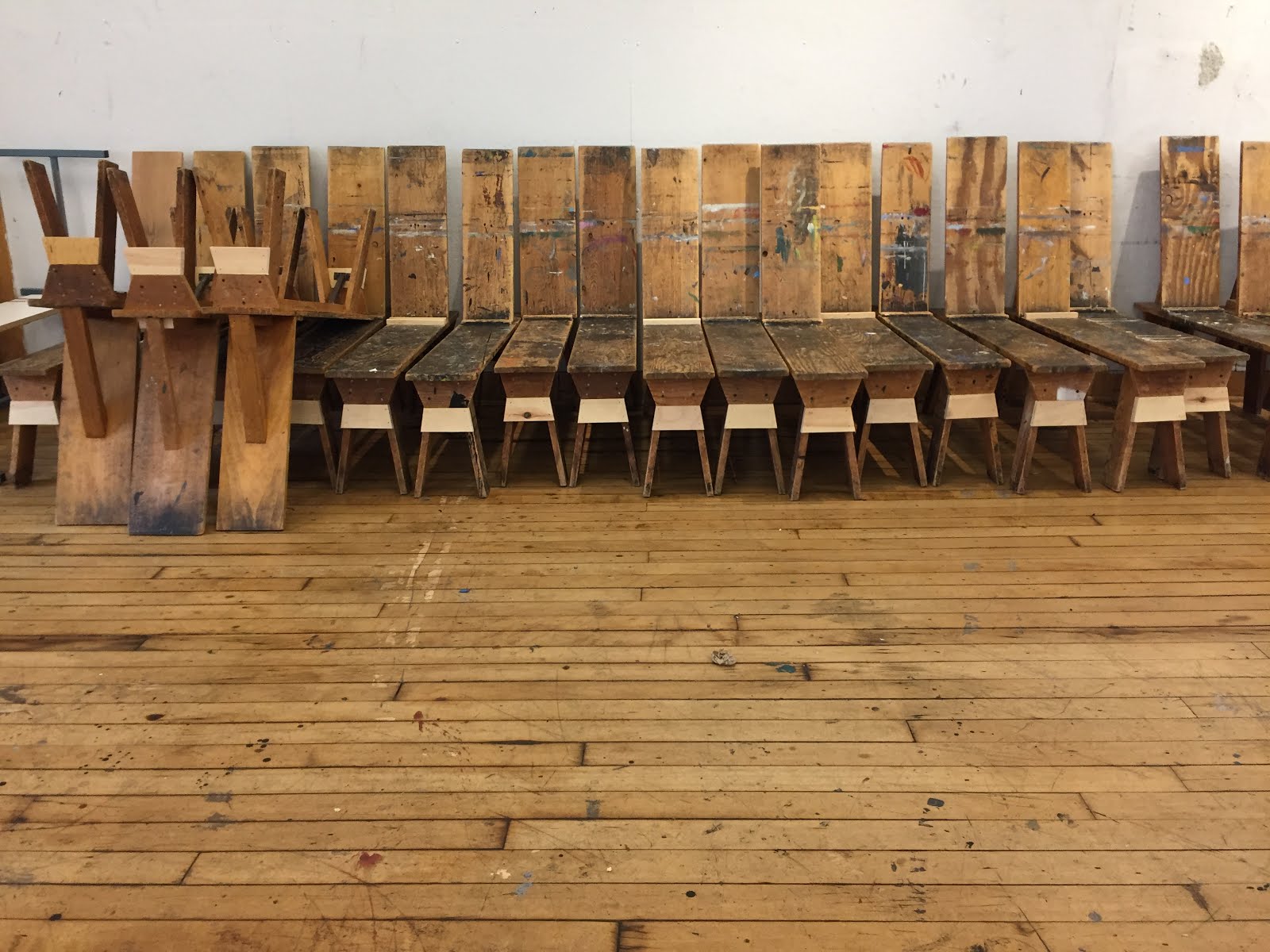
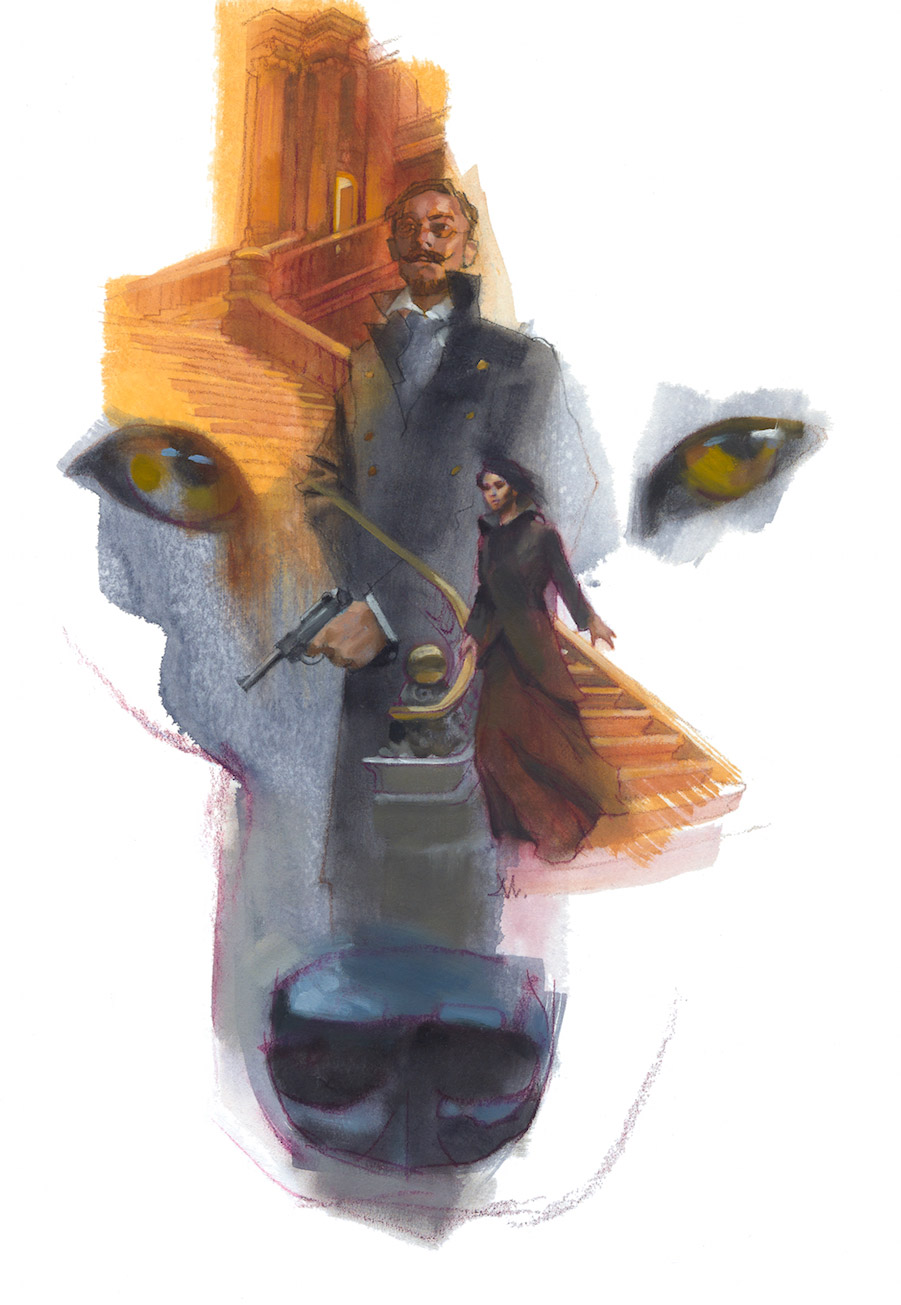
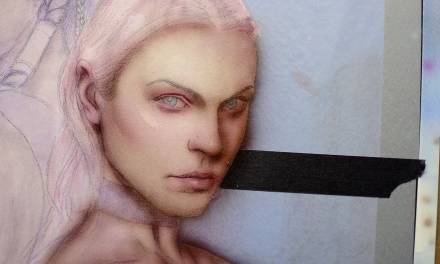
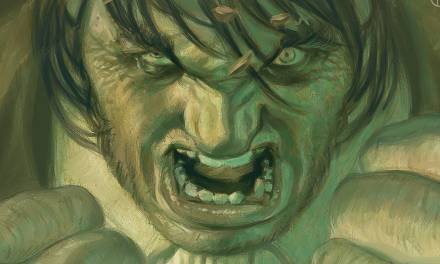
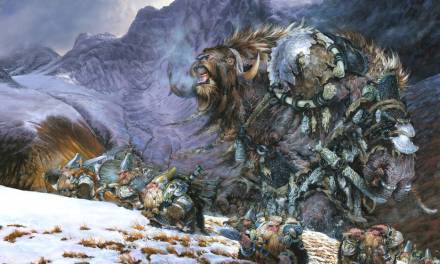

Thank you for the sagely advice. I will definitely share this with my foundations students as well as this blog, as I have done each semester. Oh how I would love to get some faculty development funds to attend this.
Keep this up and someday you'll be a great teacher Greg. Seriously, would love to be a fly on the wall and watch you all work.
Thank you for being a sage instructor and also somehow magically appearing when we find ourselves most “amongst the weeds.” IMC was amazing with you and the rest of the staff!
These posts are like a compass that guide my thinking and getting a handle on learning art. Thank you
Thanks, Bill! I'd like to be a fly on YOUR wall, pal…
Glad you like these, everyone. And Thomas….we'd LOVE to have you there at IMC. It's been an amazing ten years. Watching the community grow has been fascinating, and I hope we can become a driving force for attracting artists around that just want to share and study with us and the students all around.
I could get a little choked up thinking about what we're doing and how we've out-taught many art schools with just our authenticity and practical methods for training.
Great post as always Greg!
Great thoughtful thoughts – as usual Greg. You continue to be an inspiration. 'Love your brain, dude!
Thank you Greg, it's great to be reminded that we're not alone in seeking (the unattainable) perfection in our art. I feel like I've climbed the highest mountain to achieve where I am and have tremendous respect for those that are on the same journey.
The best advice, thanks for painting on my work and making sense of the mud haha <3
Really helpful post! Thank you! Some of those things may seem “obvious” but when the fear or doubt get you such things are not obvious 🙂
hey i recommend that